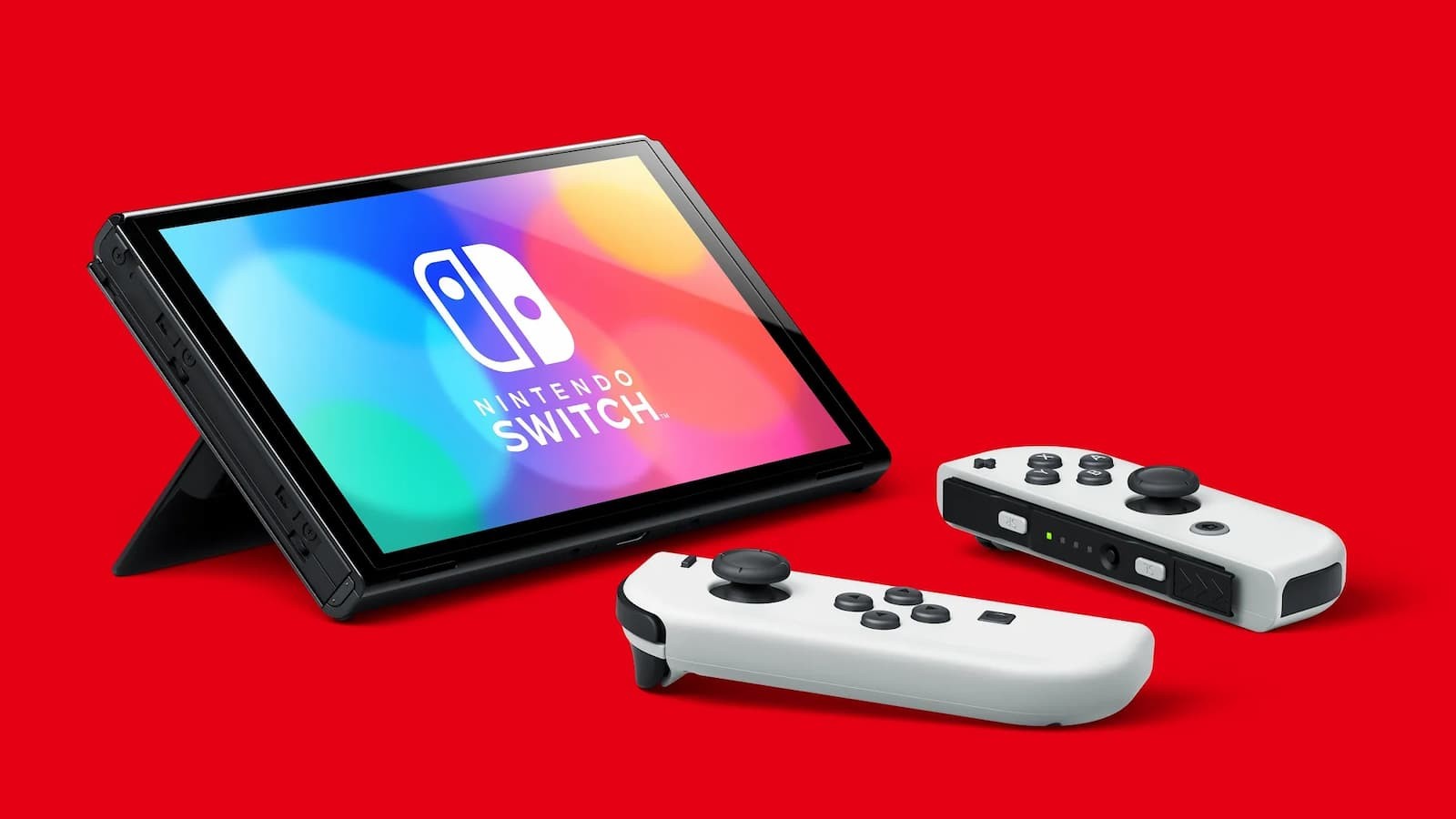Nintendo Switch 2: A 2025 Launch?: Nintendo Switch 2 To Be Released In 2025
Nintendo Switch 2 to be released in 2025 – The whispers are growing louder. A successor to the wildly successful Nintendo Switch is on the horizon, and many believe a 2025 release is highly plausible. This post delves into the speculation surrounding the “Switch 2,” exploring potential release dates, technological advancements, game library possibilities, market impact, and even a glimpse into its potential design and user experience.
Potential Release Date Speculation
Predicting the exact launch date of any console is a risky business, but by analyzing past Nintendo console release cycles and current industry rumors, we can build a reasonable timeline. Nintendo’s console launches often follow a roughly 6-7 year cycle. Considering the original Switch launched in March 2017, a 2025 release for the Switch 2 aligns with this historical pattern. Furthermore, several industry insiders have hinted at a late 2025 or early 2026 launch window, adding further weight to this prediction. Nintendo’s marketing strategy will likely involve a measured drip-feed of information, culminating in a major reveal several months before launch, similar to the approach used for previous console releases.
A possible development timeline could look like this:
- 2022-2023: Initial concept and prototype development.
- 2023-2024: Intensive development and testing, including game developer partnerships.
- 2024-2025: Manufacturing ramp-up, marketing campaign preparation, and final software optimization.
- Late 2025: Official announcement and pre-orders.
- Early 2026: Launch.
Expected Technological Advancements
The Switch 2 is expected to boast significant upgrades over its predecessor. Improved processing power and enhanced graphics are almost certain, potentially leveraging a custom Tegra chip with significant performance improvements. A higher resolution display, perhaps even OLED, with a faster refresh rate is also highly likely, leading to a smoother, more visually appealing gaming experience. Features such as improved haptic feedback and enhanced audio capabilities are also anticipated.
Here’s a comparison to current handheld competitors (specifications are based on current market trends and are subject to change):
| Console Name | Processor | Graphics | Unique Features |
|---|---|---|---|
| Nintendo Switch 2 (Projected) | Custom Tegra (significantly improved) | Enhanced GPU, higher resolution output | Improved Haptic Feedback, Enhanced Audio, potentially higher refresh rate display |
| Steam Deck | AMD Ryzen | AMD RDNA 2 | PC compatibility, large library |
| Ayaneo 2 | AMD Ryzen | AMD RDNA 2 | Powerful specs for its size |
Game Library and Backward Compatibility, Nintendo Switch 2 to be released in 2025

The Switch 2’s game library will undoubtedly leverage the existing Switch catalog. Many popular Switch titles will likely receive enhanced ports or remasters, taking advantage of the new hardware’s capabilities. Backward compatibility with the existing Switch library is highly probable, a key factor in ensuring a smooth transition for existing users. The more powerful hardware could enable new game genres and mechanics, potentially paving the way for more graphically demanding titles and innovative gameplay experiences.
A hypothetical launch lineup might include:
- The Legend of Zelda: Tears of the Kingdom Enhanced Edition: Featuring improved visuals and potentially enhanced performance.
- Metroid Prime 4: A highly anticipated title, potentially showcasing the Switch 2’s graphical capabilities.
- Mario Kart 9: A new installment in the popular racing franchise, taking advantage of the new hardware.
- A brand-new IP: A new Nintendo franchise designed to showcase the capabilities of the Switch 2’s hardware.
Pricing and Market Impact

The Switch 2’s price point will be crucial for its market success. Considering the expected technological advancements, a price range between $350 and $400 seems reasonable, aligning with current high-end handheld consoles. The launch will likely impact existing Switch sales, potentially causing a temporary dip before the Switch 2 gains momentum. Competition will come from existing handheld gaming devices like the Steam Deck and other Android-based handhelds. However, Nintendo’s established brand loyalty and unique game library will give the Switch 2 a significant competitive advantage.
A price and specification comparison to competitors:
| Console Name | Price (USD) | Processor | Screen Size |
|---|---|---|---|
| Nintendo Switch 2 (Projected) | $350-$400 | Custom Tegra (significantly improved) | 7-8 inches |
| Steam Deck | $399-$649 | AMD Ryzen | 7 inches |
| Ayaneo 2 | $700+ | AMD Ryzen | 7 inches |
Illustrative Examples of the Switch 2

Imagine a sleek, slightly smaller and lighter console than the original Switch, constructed from a premium matte black plastic with subtle metallic accents. The joy-con controllers might feature improved ergonomics and potentially incorporate more advanced haptic feedback technology. The screen would be a vibrant OLED display with a noticeably higher resolution and potentially a 120Hz refresh rate.
Picture a user comfortably playing The Legend of Zelda: Tears of the Kingdom Enhanced Edition in handheld mode. The improved visuals and smoother frame rate make the already stunning Hyrule even more breathtaking. The enhanced haptic feedback provides subtle but immersive feedback during combat and exploration. The user navigates intuitive menus, crisp and responsive, with refined in-game visuals and UI elements.